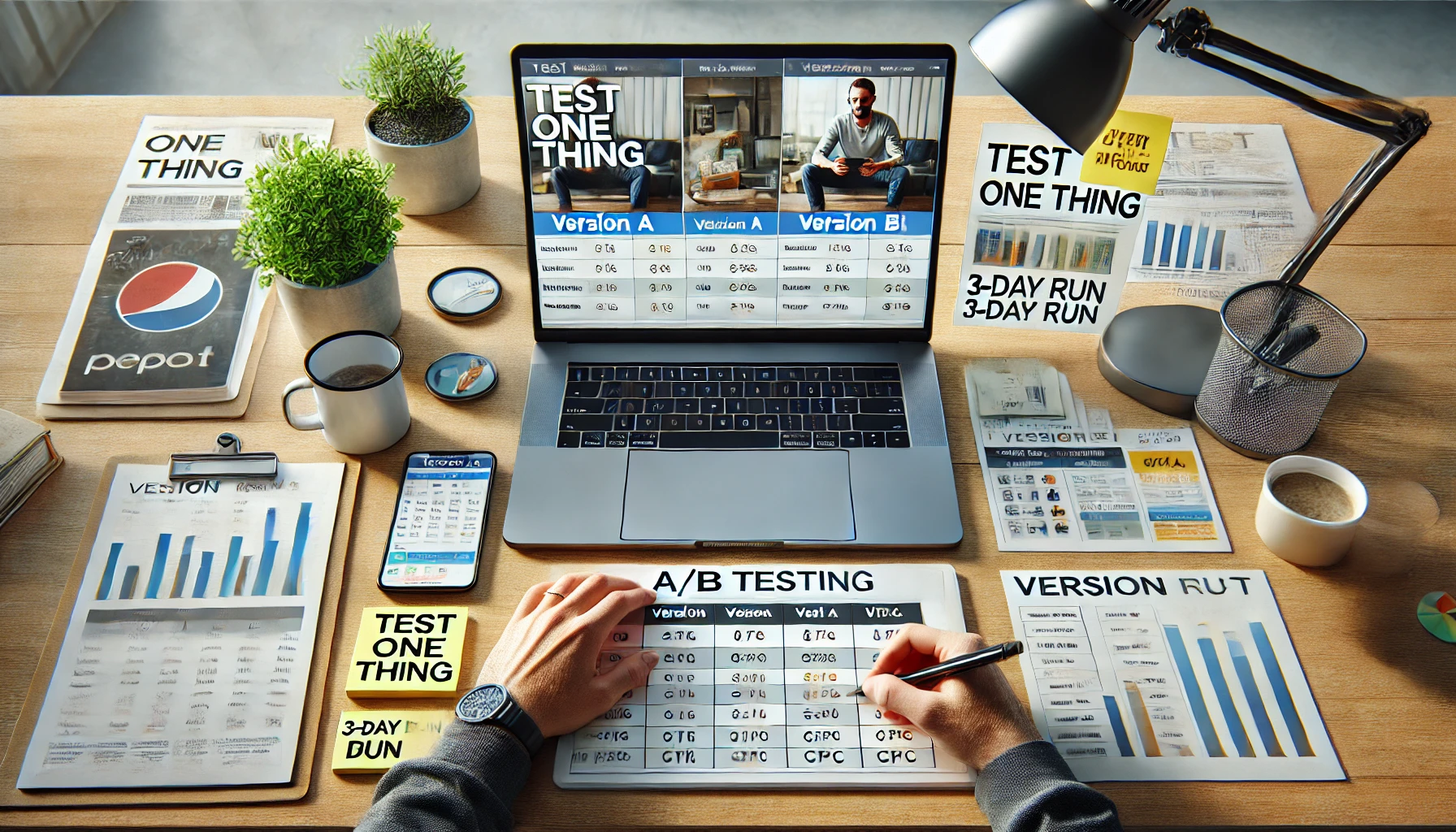In the world of traffic management, small tweaks can lead to big wins. That’s why A/B testing is one of the most powerful tools in your toolkit. But testing blindly won’t get results—you need a method.
In this article, you’ll learn how to run effective A/B tests in paid ad campaigns, and how to know which changes are truly making an impact.
What Is A/B Testing?
A/B testing (also called split testing) is when you compare two variations of an ad to see which one performs better. You change only one element at a time so you know exactly what influenced the results.
Examples:
- Same ad, different headlines
- Same offer, different creatives
- Same landing page, different CTAs
Why A/B Testing Is Important
- Improves performance with data, not guesses
- Reduces wasted ad spend
- Helps you understand your audience better
- Identifies what works at scale
Every high-converting ad you see likely came from dozens of small A/B tests.
What You Can Test in Paid Ads
Here are the most impactful elements to test:
Ad Copy
- Headline
- Body text
- CTA phrases
Creatives
- Static image vs. video
- Color schemes
- Text overlay
Audience
- Interest groups
- Custom audiences
- Lookalike audiences
Placement
- Instagram Stories vs. Feed
- Facebook vs. Messenger
- YouTube in-feed vs. bumper
Landing Page
- CTA color
- Page layout
- Headline variations
How to Run an A/B Test (Step-by-Step)
1. Choose One Variable to Test
Avoid changing too many things at once. Focus on one clear variable per test.
Example: Test “Download Now” vs. “Get Your Free Guide” as your CTA.
2. Create Two Ad Variations
Set up two identical campaigns or ad sets with just one difference—so you know exactly what caused the result.
3. Set Equal Budgets
Both versions should run with the same budget, audience, and schedule to keep the test fair.
4. Run the Test for 3–5 Days
Avoid judging too early. Give the algorithm time to collect meaningful data.
5. Analyze the Results
Look at:
- CTR
- CPC
- Conversion rate
- ROAS (if applicable)
Declare a winner based on the metric that matters most for your goal.
Best Practices
- Always test with purpose, not curiosity
- Use tools like Facebook Experiments or Google Ads Drafts & Experiments
- Document your results so you can apply learnings later
- Once you find a winner, scale it and test something new
Final Thoughts: Test Smart, Not Just Often
A/B testing isn’t about guessing—it’s about learning. When done right, it gives you a competitive edge that builds over time.
Always be testing, but more importantly—always be learning from your tests.
